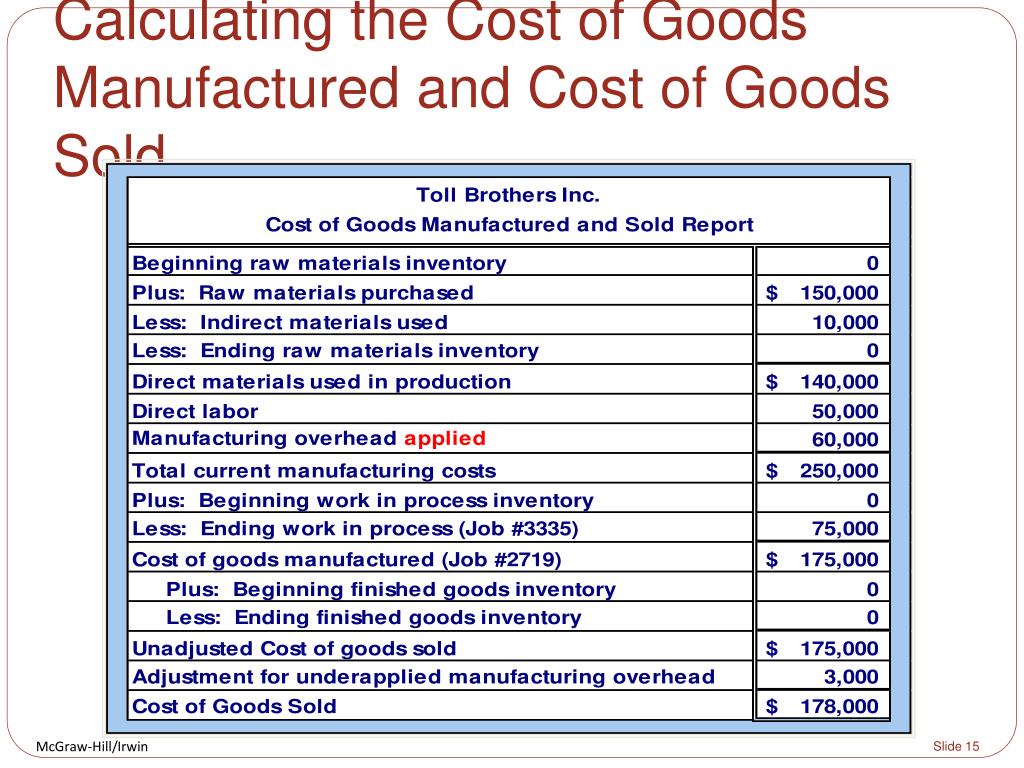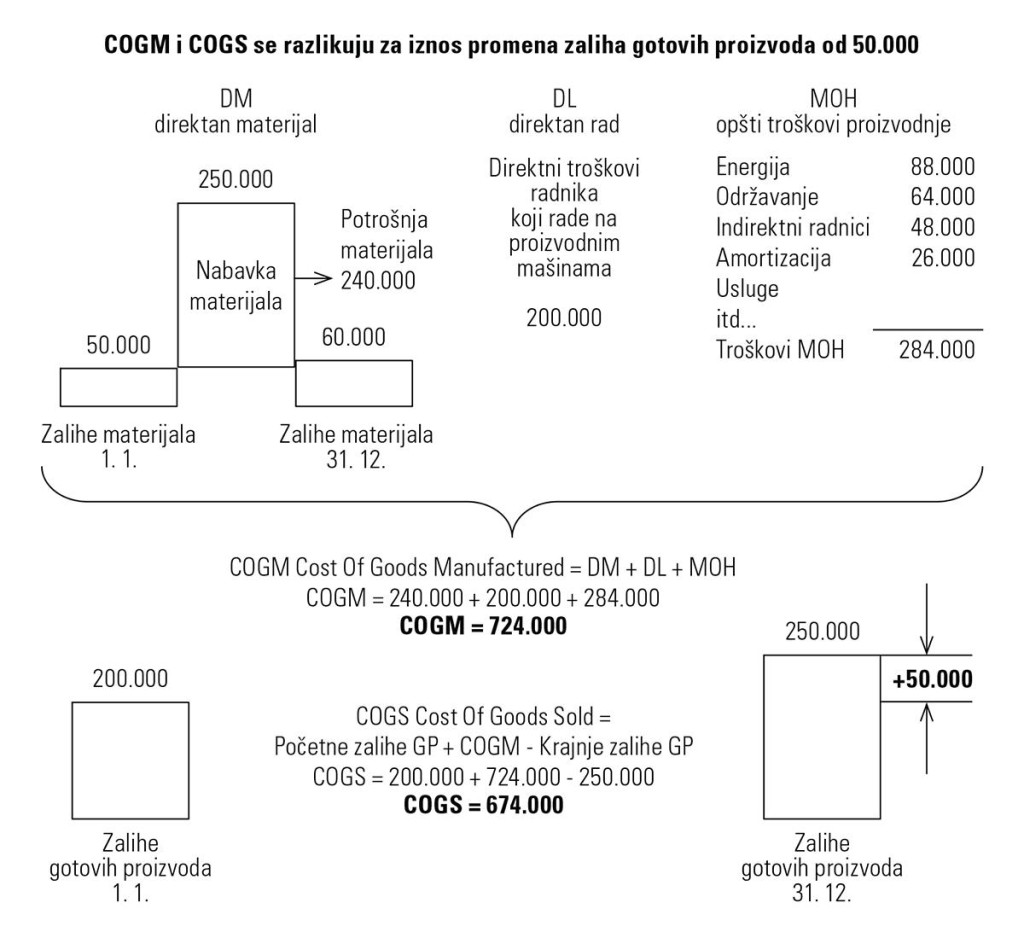

It includes discounts and deductions for returned merchandise. Revenue is the amount received from selling the products or services over a specific period.Otherwise, any decisions based on the figures may cause a financial crisis down the line.įor ease of reference, you should know the following definitions: These must be calculated accurately to determine the correct gross profit. Two figures determine a company’s gross profit: the company’s sales/revenues and COGS. COGS is only calculated on the production costs of the goods that were sold. Understanding the COGS Equationīefore you can calculate COGS, you need to understand the COGS equation:ĬOGS = Starting inventory + Purchases during the period – Ending inventoryĪs an example, if a manufacturing company had a $5,000 cost of inventory at the beginning of the year, spent $15,000 on materials, labor, and delivery during the year, and ended with an inventory of $4,000 of products not sold, the COGS would be $16,000 ($5,000 + $15,000 – $4,000).Ĭosts incurred during production for items that are not sold during the year are not included in the calculation. It’s one of the critical ways to see how well your business can manage the production process and its potential profitability. If you know your gross profit, you know how much excess revenue you have to service your overhead, rents, loans, and reinvestment. The Benefits of COGSĬOGS is vital for any business because it helps calculate the gross profit margin. If COGS increases, there will be less profit and the lower the COGS, the higher the profits. This metric determines how efficient a business is in managing its production process. The cost of goods sold is subtracted from the revenue to calculate the gross profit. What Does COGS Tell You?ĬOGS is a simple accounting principle that measures the input costs your business incurs when manufacturing products or services and helps determine your gross profit and margins. This lack of direction is unfortunate, as gross margins are crucial to the profitability, value, and performance of any business.

There is no Generally Accepted Accounting Principle (GAAP) when it comes to COGS. It does not include indirect costs, such as sales commissions, rent, and salaries.Īccounting rules are specific on certain issues and lacking direction on others. It includes the cost of materials, packaging, delivery, and labor directly related to the manufacturing and delivery process. The Cost of Goods Sold is the amount of direct cost involved in producing goods that an organization ultimately sells.
COGS COST OF GOODS SOLD HOW TO
This article will clarify the differences and show you what expenses you can include and how to calculate COGS for a SaaS company. The relationship between COGS and its ability to determine gross profit and gross profit margins is vital to SaaS operations.

A central provider hosts the products, and instead of downloading the application, users access it via a web or mobile browser.
COGS COST OF GOODS SOLD SOFTWARE
SaaS operations are more commonly known as cloud-based software, where the software is licensed on a subscription basis. But in a Software as a Service (SaaS) company, it’s more difficult to pin down because you are dealing with software and applications, and the direct costs are not always easy to define.

Cost of Goods Sold (COGS) is a crucial element in the business environment, and it’s easy to understand when applied to a traditional operation.


 0 kommentar(er)
0 kommentar(er)
